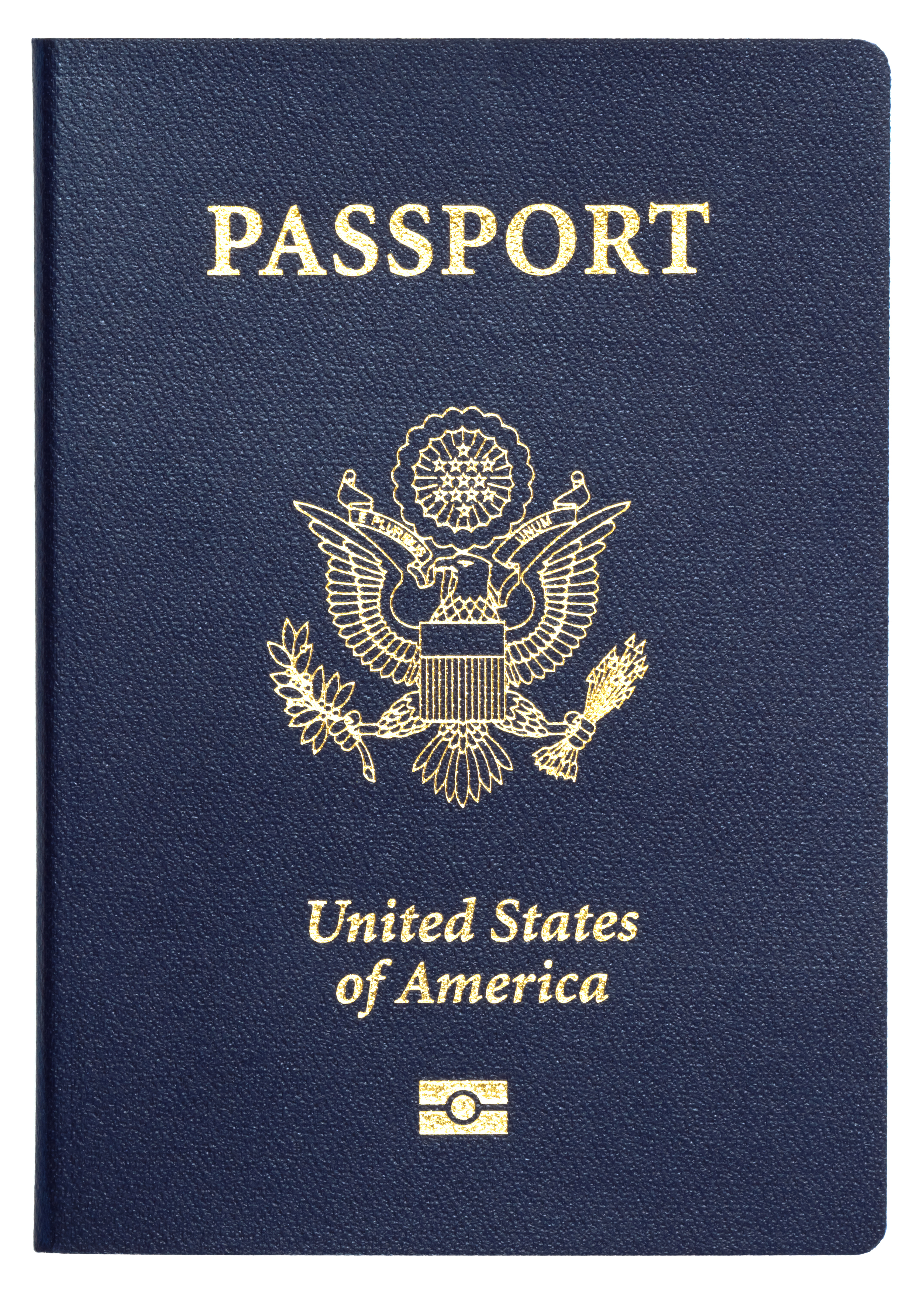Federal student loans offer you the money you need for school at attractive terms that private companies often can’t match.
The Institute for College Access and Success says that just 20% of student loans come from private lenders (banks, credit unions, and others). The rest comes from the U.S. Department of Education.
If you need money for school, it’s always wise to consider federal student loans. But it’s also critical to remember that these are contracts you make with the government. The money you get isn’t free, and in most cases, you have to pay every dime back — with interest.
In this article, we’ll explain what you need to know about federal student loans, including:
- Loan terms. You will need to read carefully to understand your financial obligation. We’ll explain the words you might see in your documents.
- Application process. We’ll explain eligibility requirements, and we’ll help you understand what to do to get the process started.
- Paying back your loan. Private companies handle most federal loan payments. We’ll help you understand when and how to contact them.
- Dealing with trouble. You’re expected to pay back your federal student loan. When you can’t, we’ll explain your options.
Federal Student Loan Terms
You know you should read every word in a contract before you sign on the dotted line. But reading all the lingo won’t help if you don’t understand the terminology. The terms and conditions can be complex, but most contracts contain the same type of language.
These are key loan terms to understand:
- Interest rate: This is the fee you pay to borrow money. Federal student loans come with fixed interest rates, so that the number won’t go up or down based on the stock market.
Loan rates in 2019 to 2020 vary from 4.53% to 7.08% based on the type of loan you need. The U.S. Department of Education (USDE) states that the rates won’t change during the life of the loan. - Subsidized: This term refers to your interest rate. If you’re an undergraduate student and you can demonstrate financial need, the government will help you by paying your interest while you’re in school, six months after you leave school, and during times of financial distress when your loan is in deferment.
According to the USDE, direct unsubsidized loans don’t require proof of financial need. They’re available to both graduate and undergraduate students. - Loan length: This term typically refers to repayment, and it tells you how long you’ll have to pay back what you borrowed. The Consumer Financial Protection Bureau says most loans come with a 10-year payment term, but you can arrange for a different schedule.
- Credit history: When you take out a loan, the organization wants the money back. It’s common for private lenders to run a check of your credit to see if you always pay back what you owe. Federal loans don’t come with an extensive check like this, experts say, but if you have another federal loan in distress because you skipped payments, that could block you from getting a new loan.
- Lending limit: You can’t borrow all the money you might need for school. Officials cap the amount you can borrow, even if you think you can pay back a larger amount.
How Do You Apply?
Like most things that involve the government, applying for student loans is a process with a lot of forms, a bit of waiting, and quite a bit of documentation.
You’ll need to prove that you’re eligible for the loan. The USDE says general eligibility requirements cover topics such as:
- Citizenship. You’ll need to prove that you’re a United States citizen or that you’re a noncitizen here legally.
- Paperwork. You’ll need a valid Social Security number. If you’re male and ages 18 to 25, you’ll need to prove that you’ve registered with the Selective Service.
- Academic progress. You’ll need to prove that you’re in school at least half-time and that you’re moving toward a degree.
- Good credit. If you have another federal loan, you must not be in default. You also can’t owe on a federal grant.

If you qualify, you’ll begin the application process with a form called the Free Application for Federal Student Aid (FAFSA). Set aside an hour or two to fill out this document and be prepared to share information about your financial health, the financial health of your parents, and your status as a citizen.
You’ll fill out the form electronically and do not need to submit it in one sitting.
While it can be a long and tedious process, filling out your FAFSA is a necessary step. Unfortunately, many students skip it.
According to The Hechinger Report, about 60% of students filled out the FAFSA by June 2018. Given that this data can also help you land grants and other forms of free money, every student should make an effort to fill out the FAFSA.
Once you hit “submit,” expect to see a notice from USDE confirming receipt of your data. Then, you’ll hear from your school’s financial aid office. Officials there will tell you what you qualify for, and you can work with that team to accept the loans you’re offered.
Paying Back Your Federal Student Loans
While your loan originated with the USDE, you’ll probably work with a private company to deal with the balance.
The USDE explains that private companies handle billing and other loan details. When the handoff happens between the government and your new contact, you’ll be notified.
Pay attention to the name of the company that now manages your loan. You’ll need to stay in touch with that organization.
Your new loan servicer will:
- Administer your repayment schedule. Typically, you tell the USDE how often you’d like to make payments. But you can change your monthly payment plans for free at any time. You’ll just need to tell your loan servicer.
- Take your money. When payments are due, you’ll send them right to your servicer, not the government.
- Send you tax documents. The interest payments you make could be tax-deductible. Your servicer will send you all the forms you need.
- Help you when you’re in trouble. If you can’t make your payments, your loan servicer can help you understand your repayment options and what to do next. Income-driven repayment plans, for example, could be helpful.
If you are not sure who your loan servicer is and you’re still in school, you can contact your financial aid office to find out more. If you’re no longer in school and you haven’t kept documentation on your loan servicer, you can contact the USDE through the online My Federal Student Aid page.
What Happens When You Can’t Pay?
Despite having the best intentions, students are often unable to pay back their loans. Fortunately, the federal government is prepared to help you. Some students qualify for programs that can wipe away outstanding debt, and others can press pause on making payments until their financial future brightens a bit.
If you’re struggling with repayment, you might qualify for these assistance programs from the USDE:
- Forgiveness: Programs like Public Service Loan Forgiveness or Teacher Loan Forgiveness let you wipe away your student loan balance after you’ve worked in an approved setting for a specific number of years.
- Discharge: Bankruptcy discharge, closed school discharge, and other similar programs let you eradicate your loan balance due to something catastrophic happening to you or your school.
- Cancellation. Perkins loan cancellation lets you discharge debt from that specific loan due to a variety of circumstances, including volunteer service, employment in particular jobs, or bankruptcy.
It’s important to understand that these programs only apply to your federal loan balance. Many students use private loans when they hit limits on federal borrowing. Even when federal loan balances are wiped away, private companies will still demand repayment.
You may also face a significant tax debt with these programs. Any debt that’s forgiven could be considered income by the government, and you could be asked to pay taxes on that income the year your loan balance hits zero. That could add up to thousands, and there’s no way to walk away from that debt.
If you don’t qualify for loan forgiveness or cancellation programs, you might still get help from the USDE. You could sign up for:
- Deferment. You won’t be asked to make payments, but your interest charges will accrue.
- Forbearance. You won’t make payments, and your total bill won’t increase due to interest fees.
- Income-driven repayment. Your monthly fee is set based on how much money you make each month.
To take advantage of any of these plans, you should contact your loan servicer. Expect to fill out many forms to get the process started.
Remember that few private student loans come with perks like this. If you’re planning to go to a bank rather than exploring your federal options, be prepared for stricter terms.


